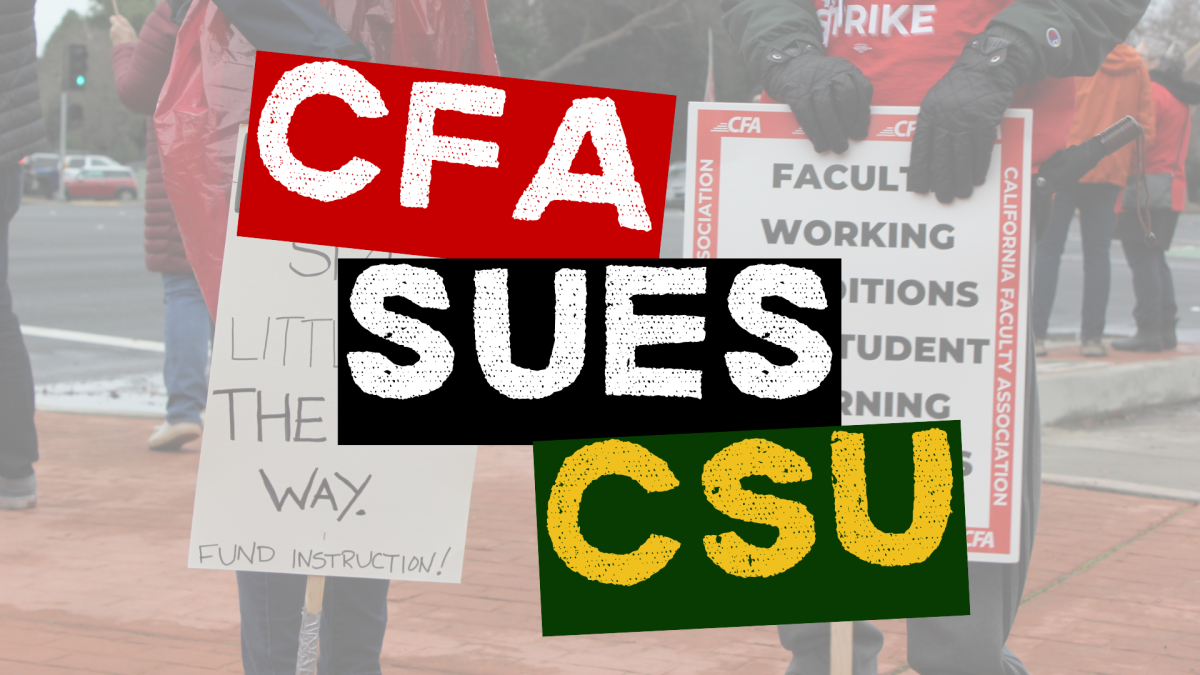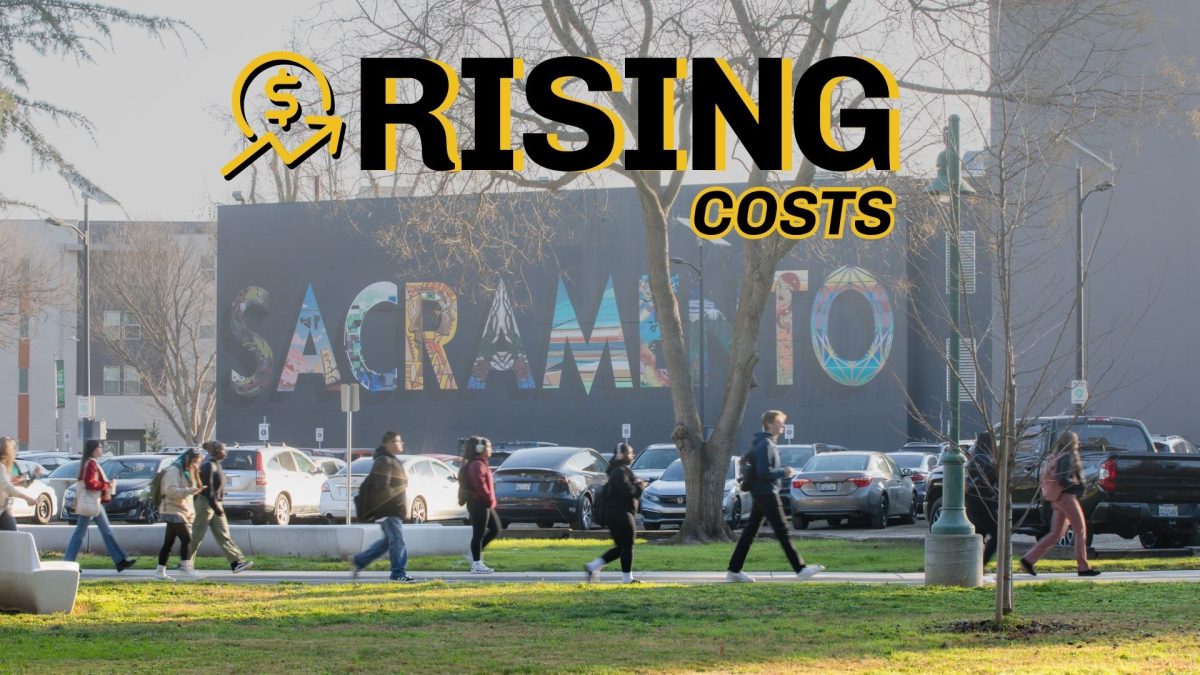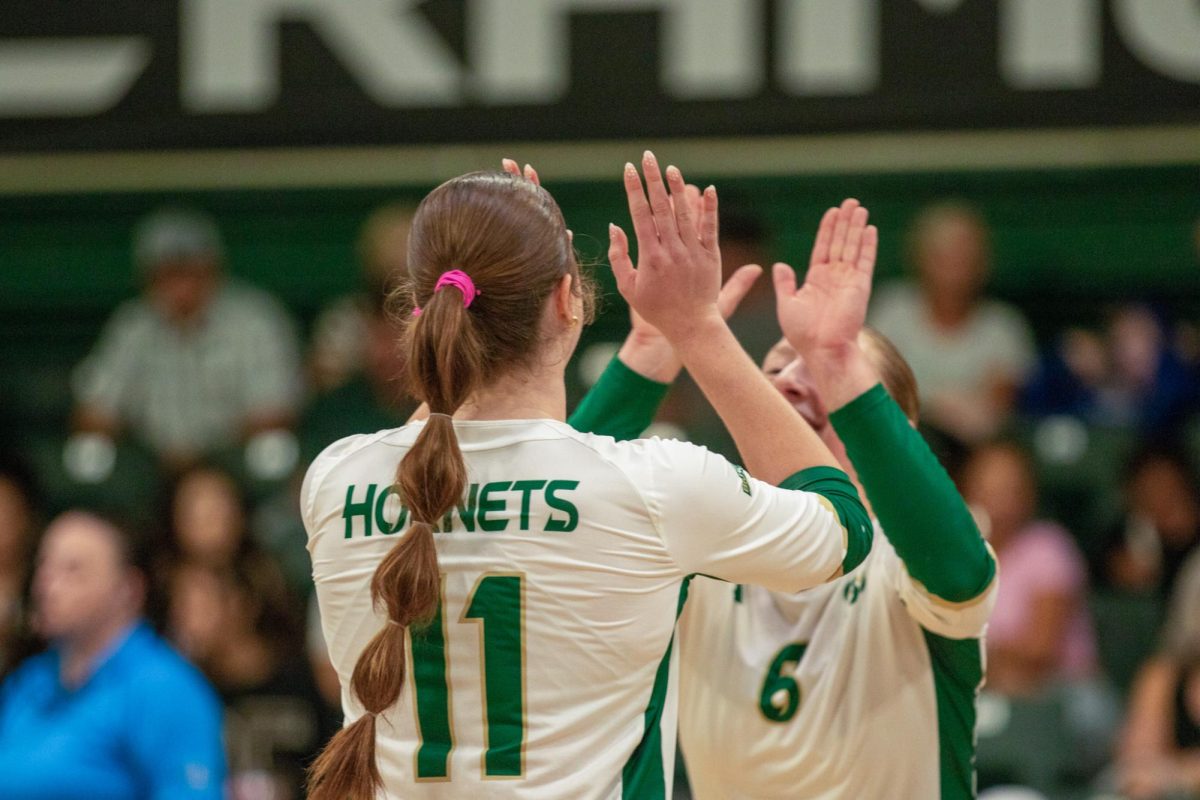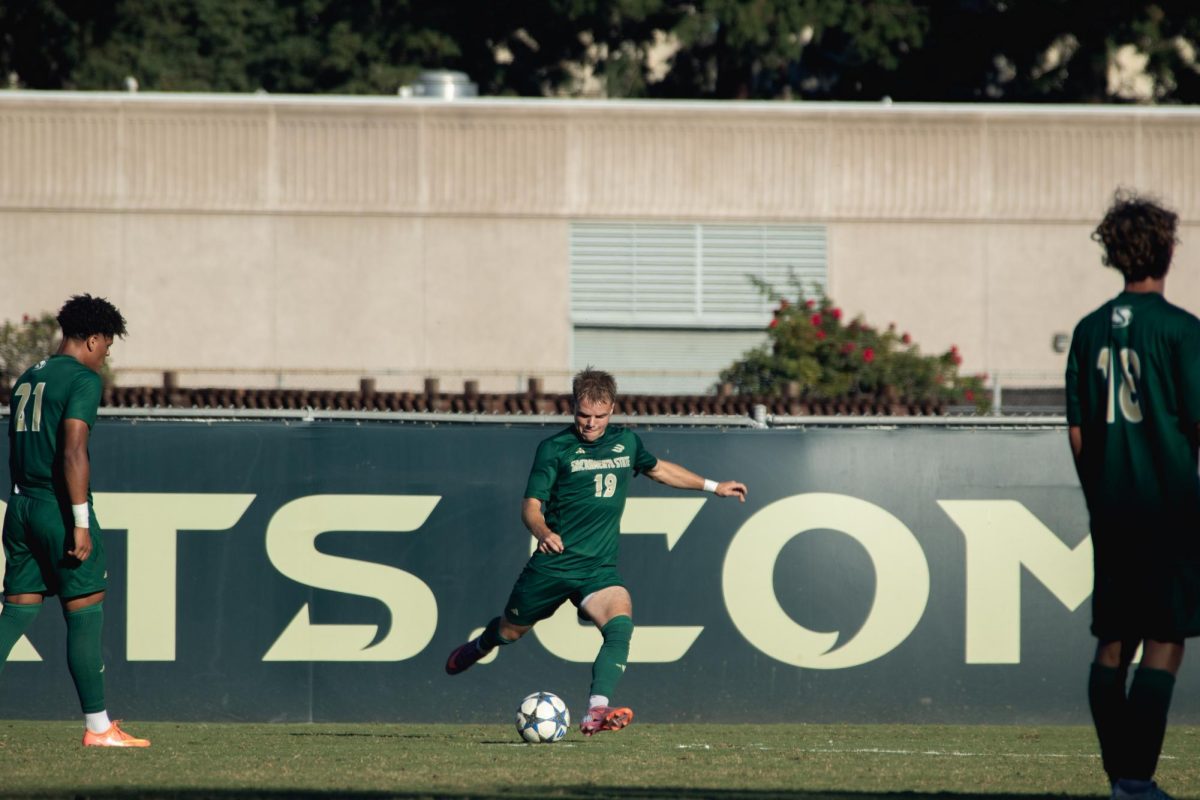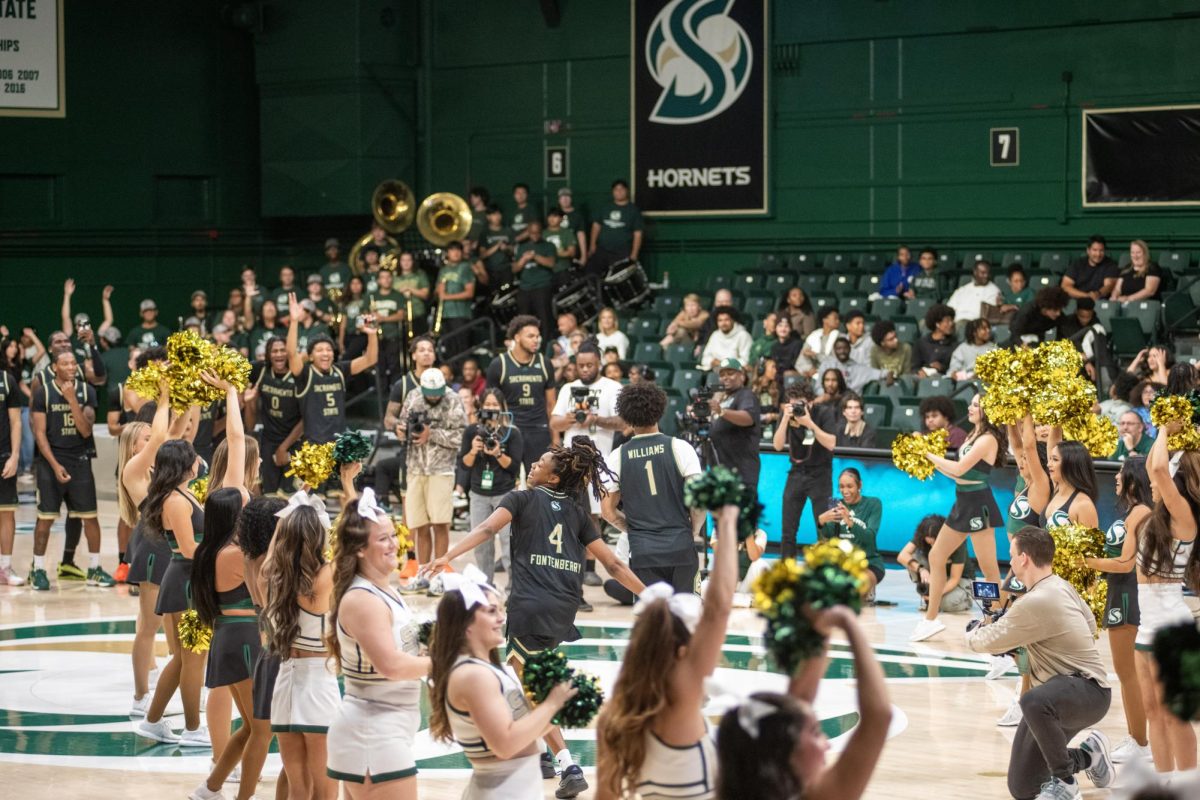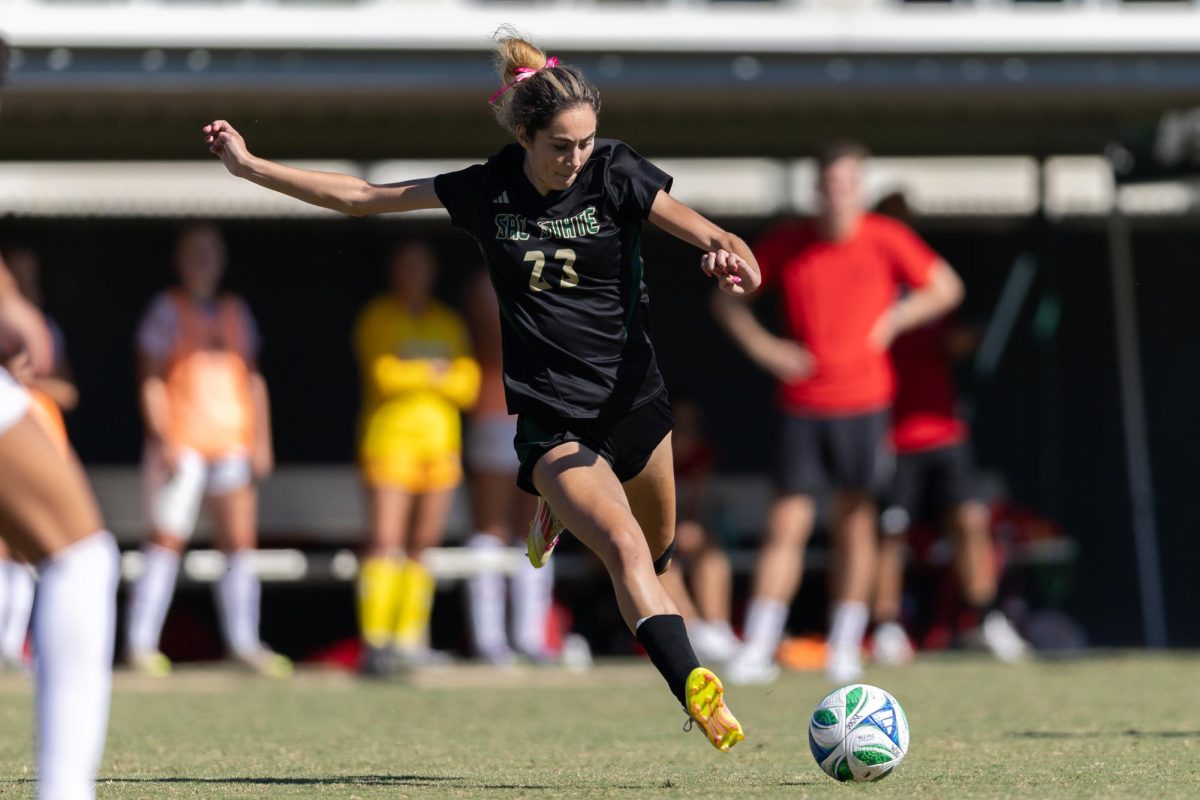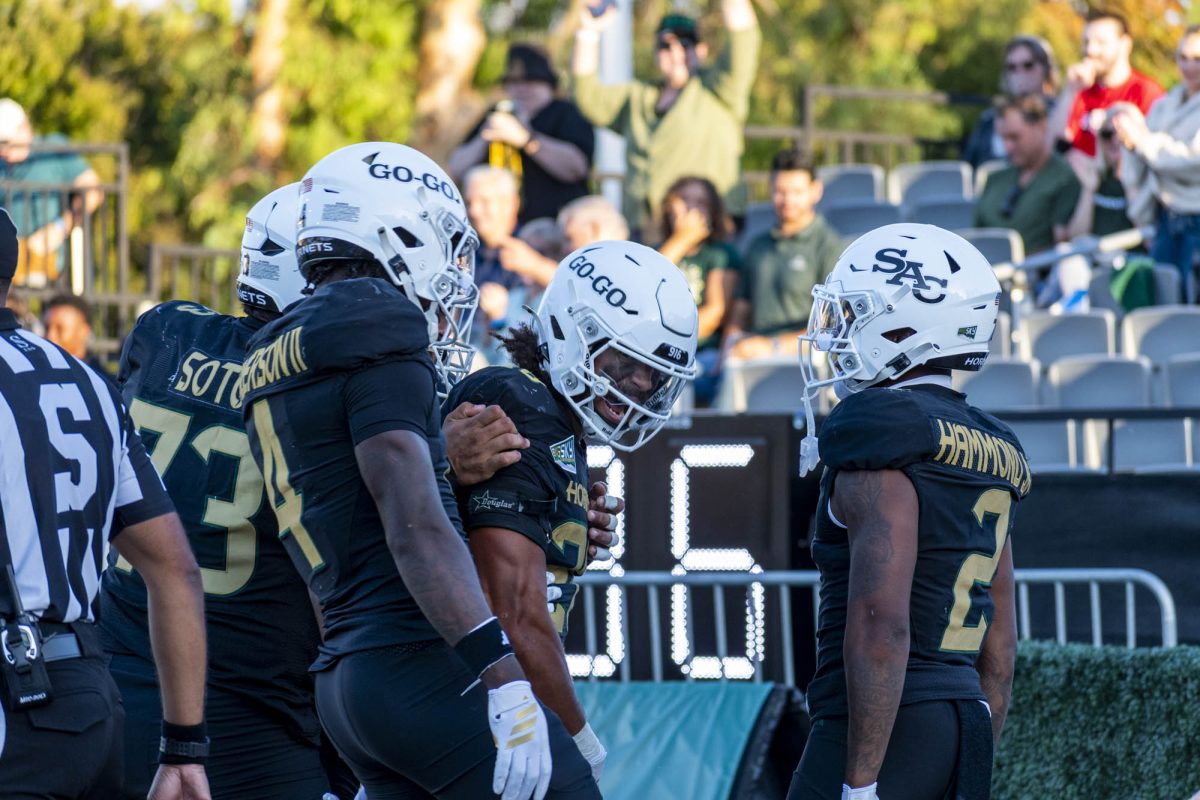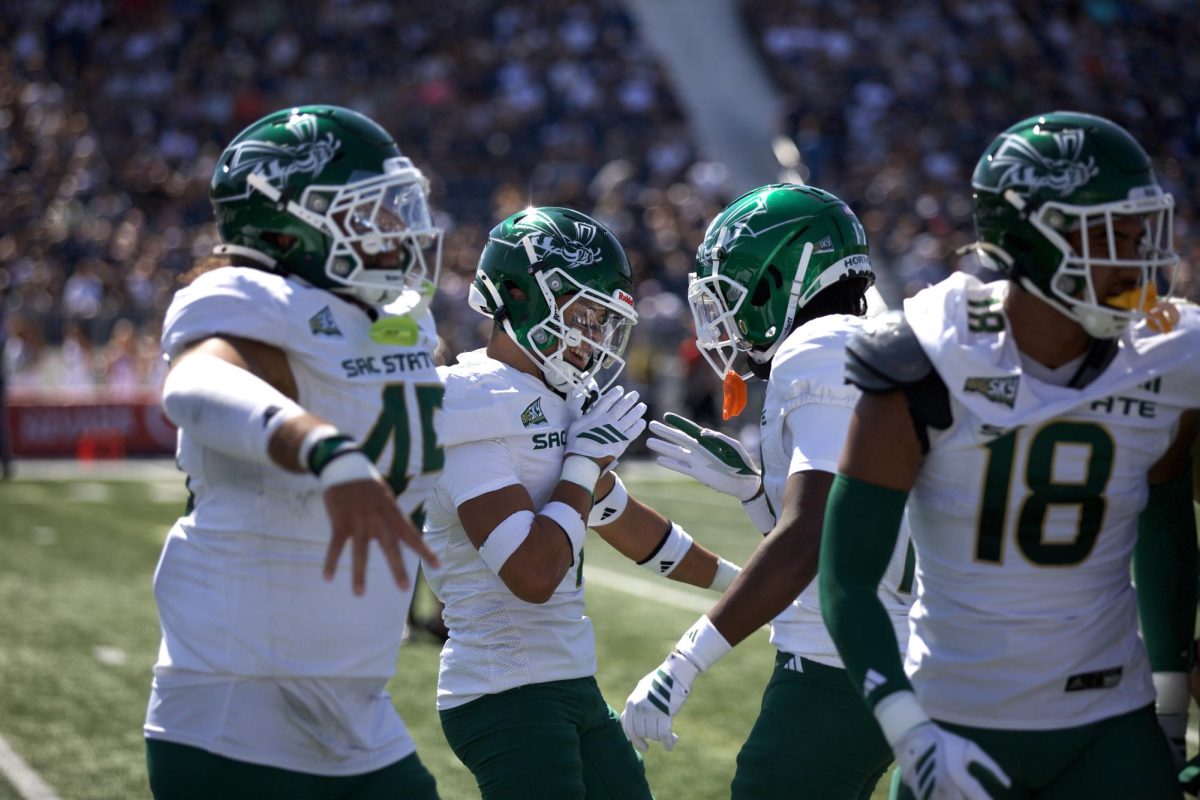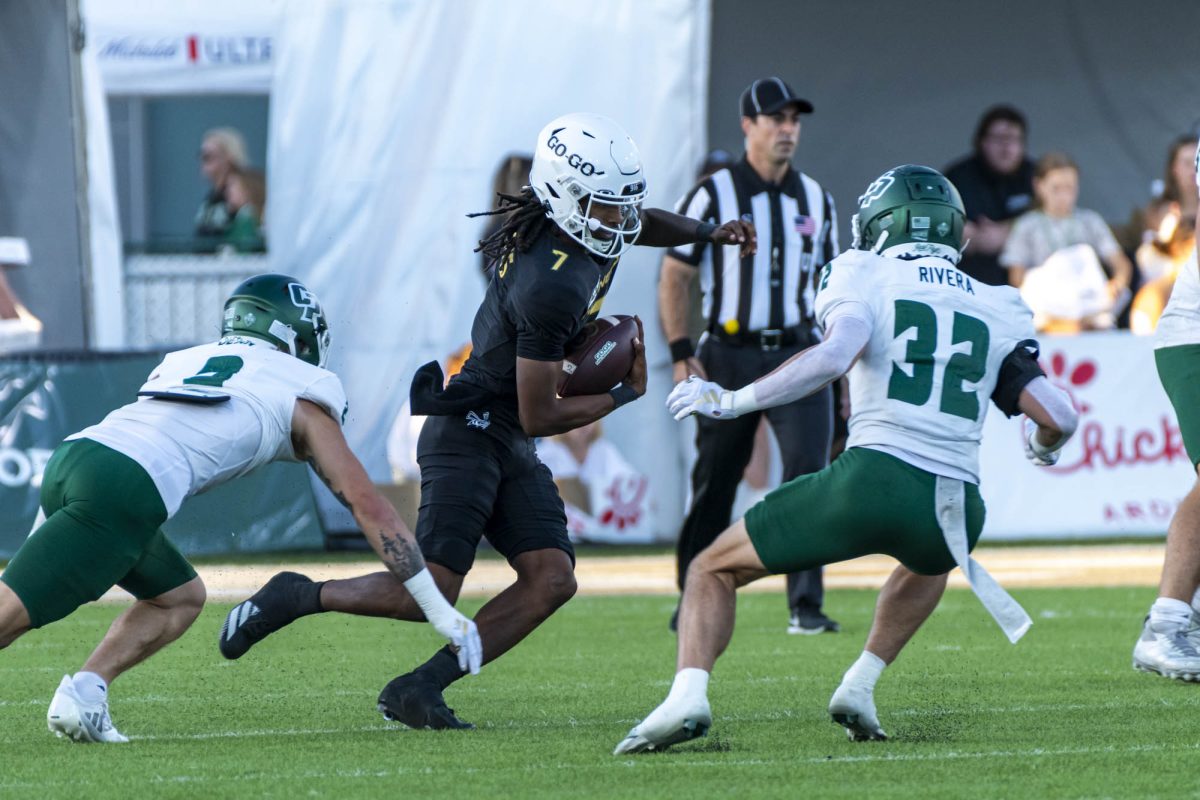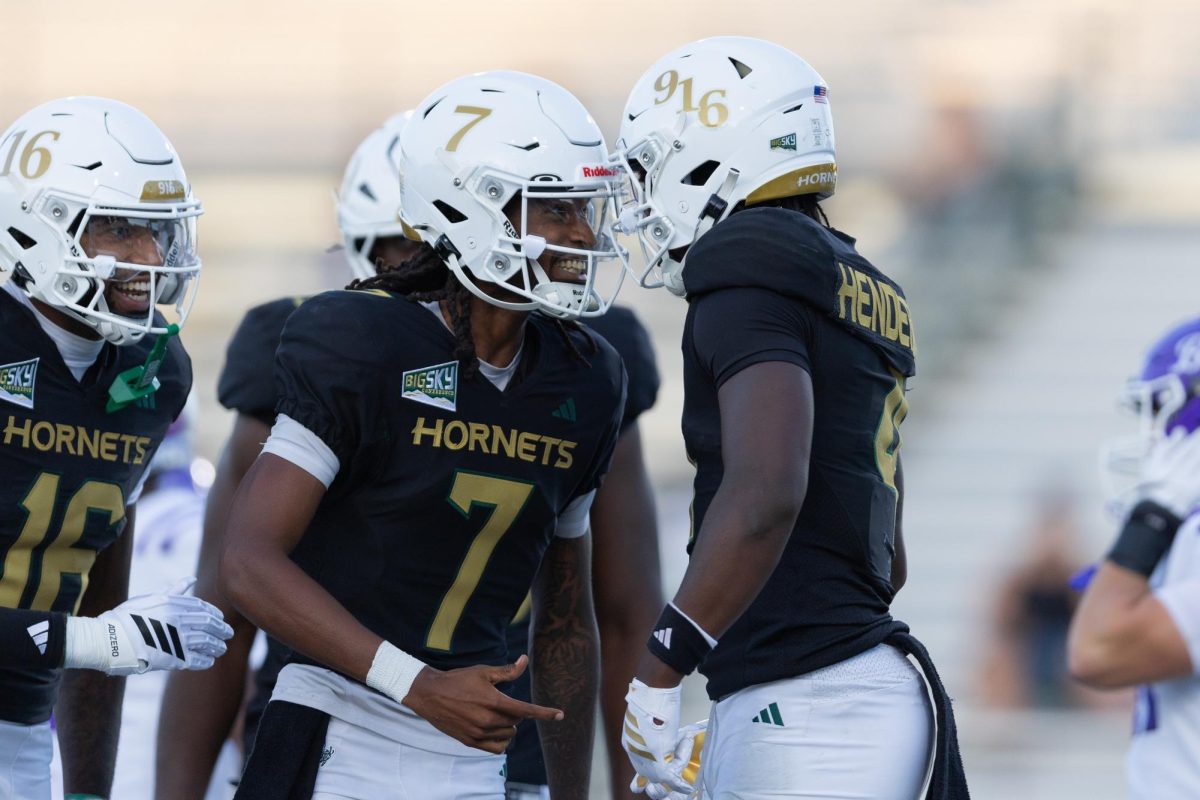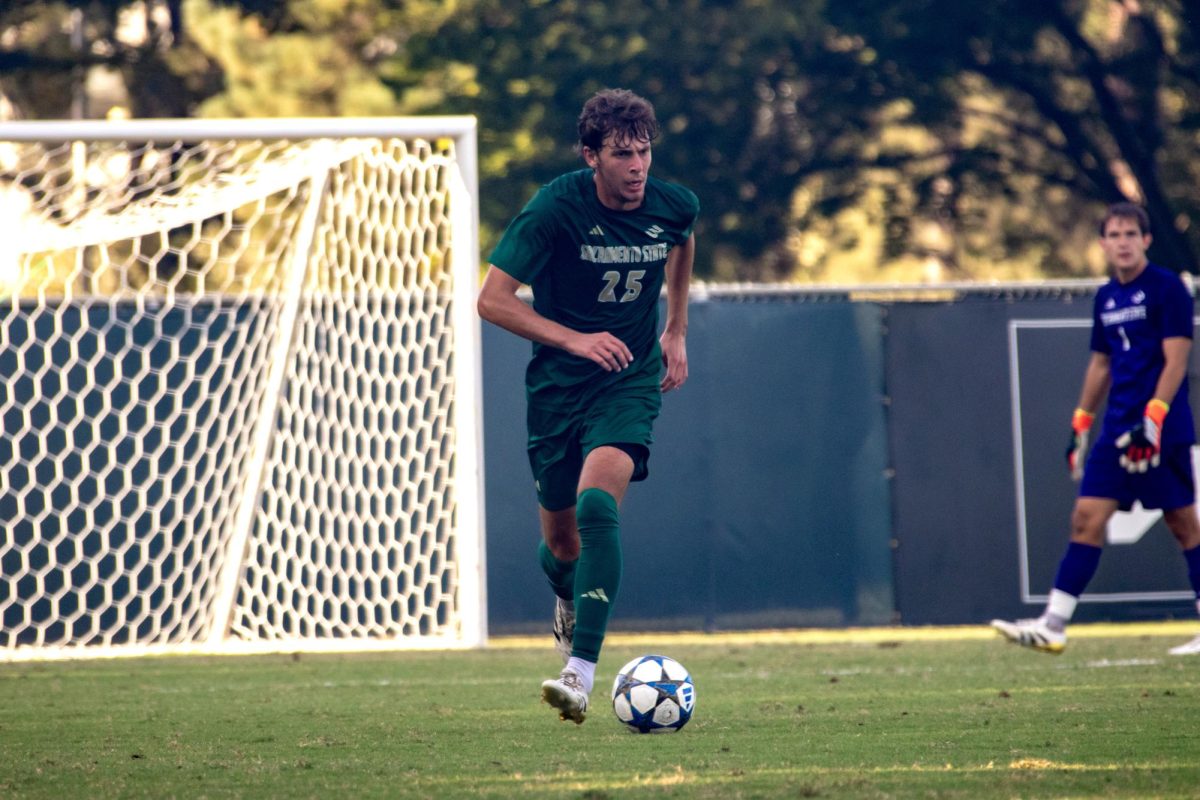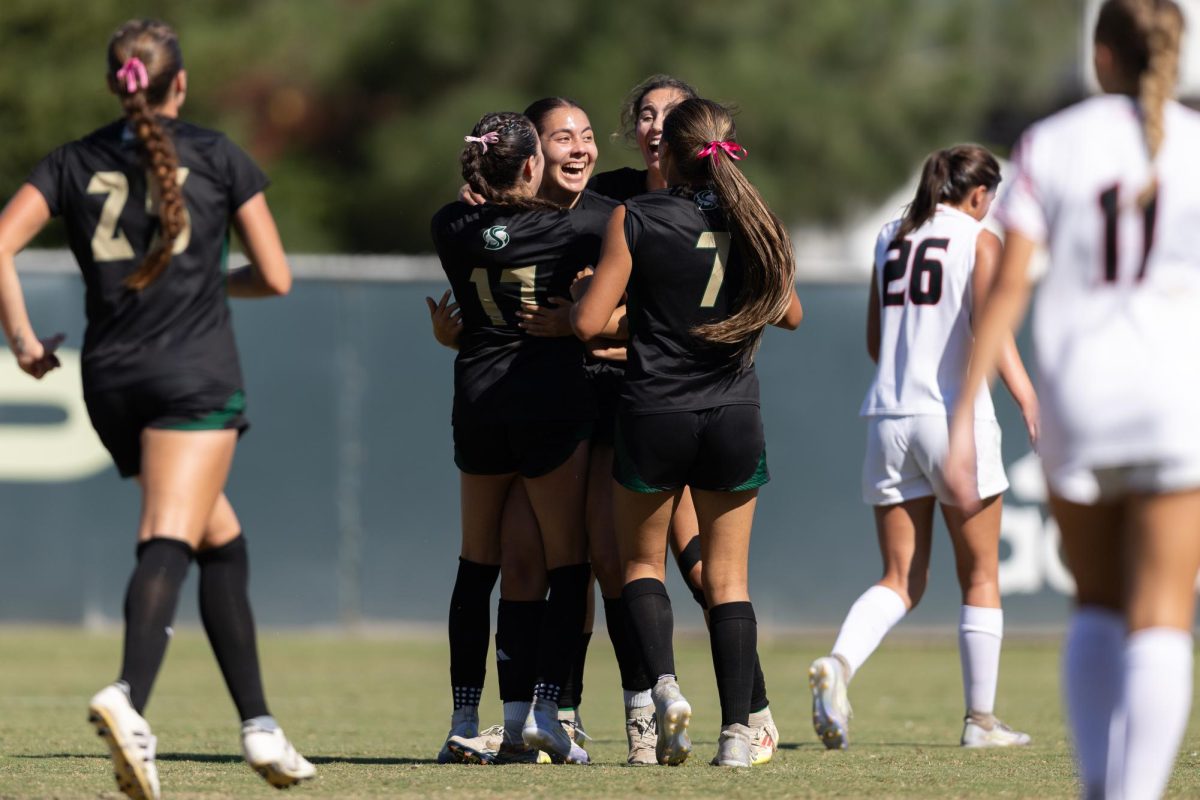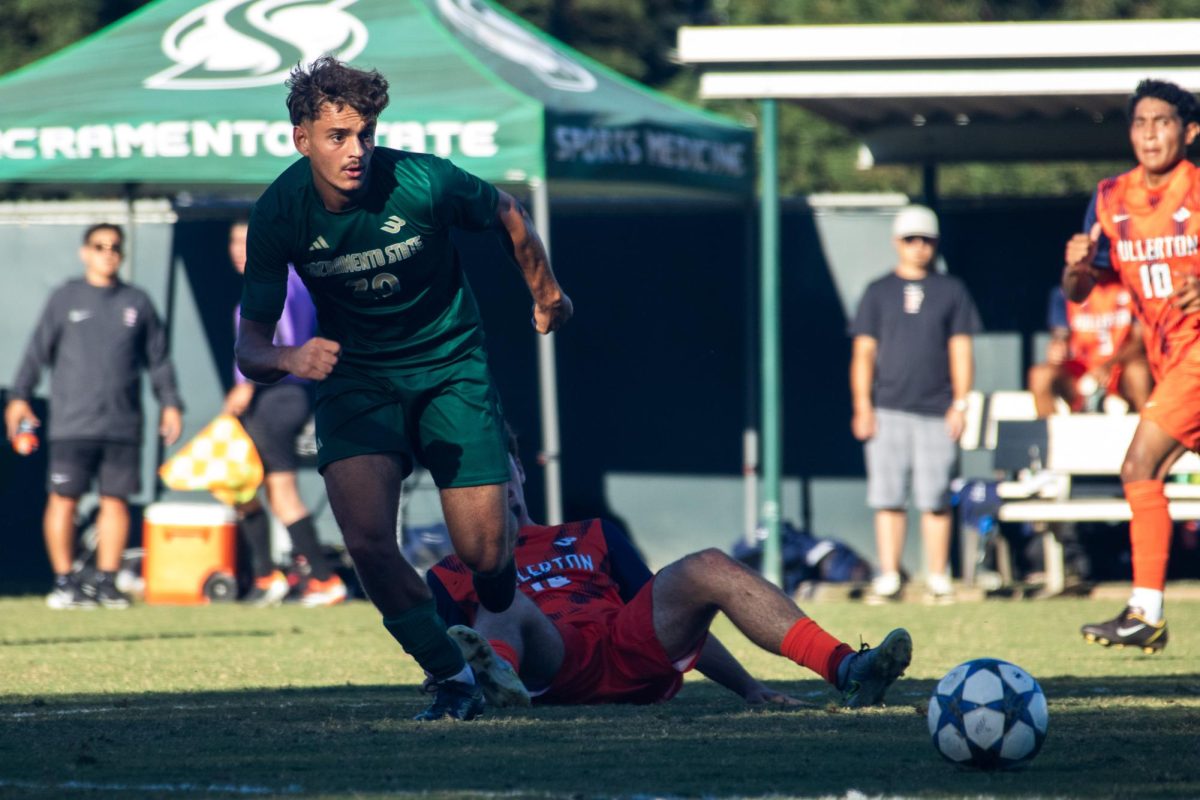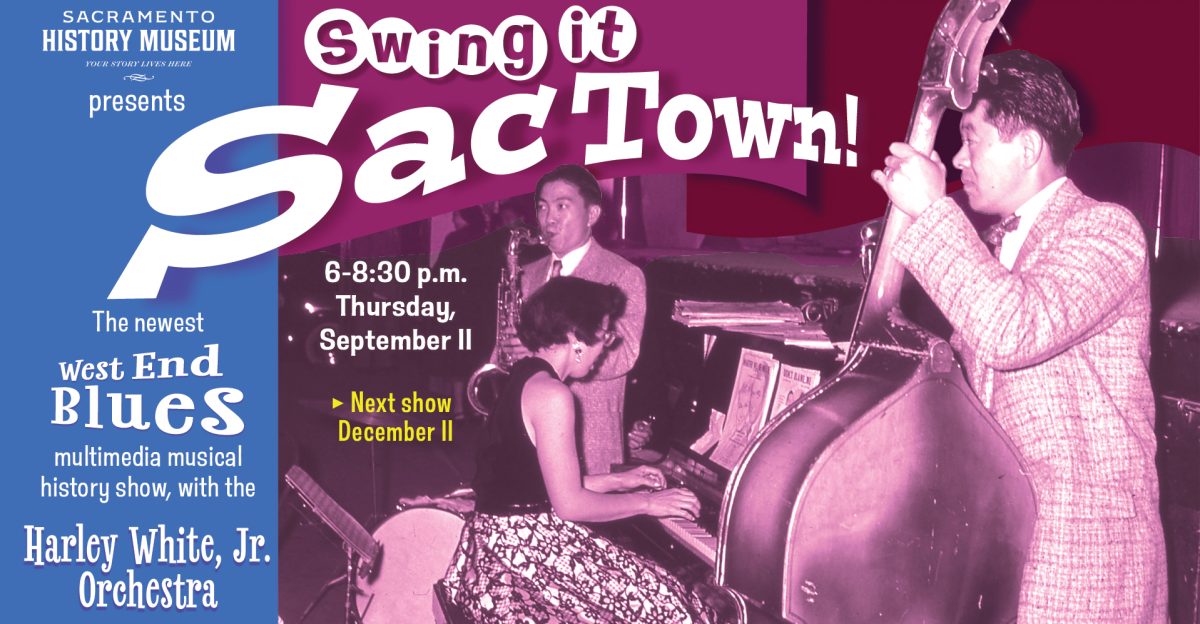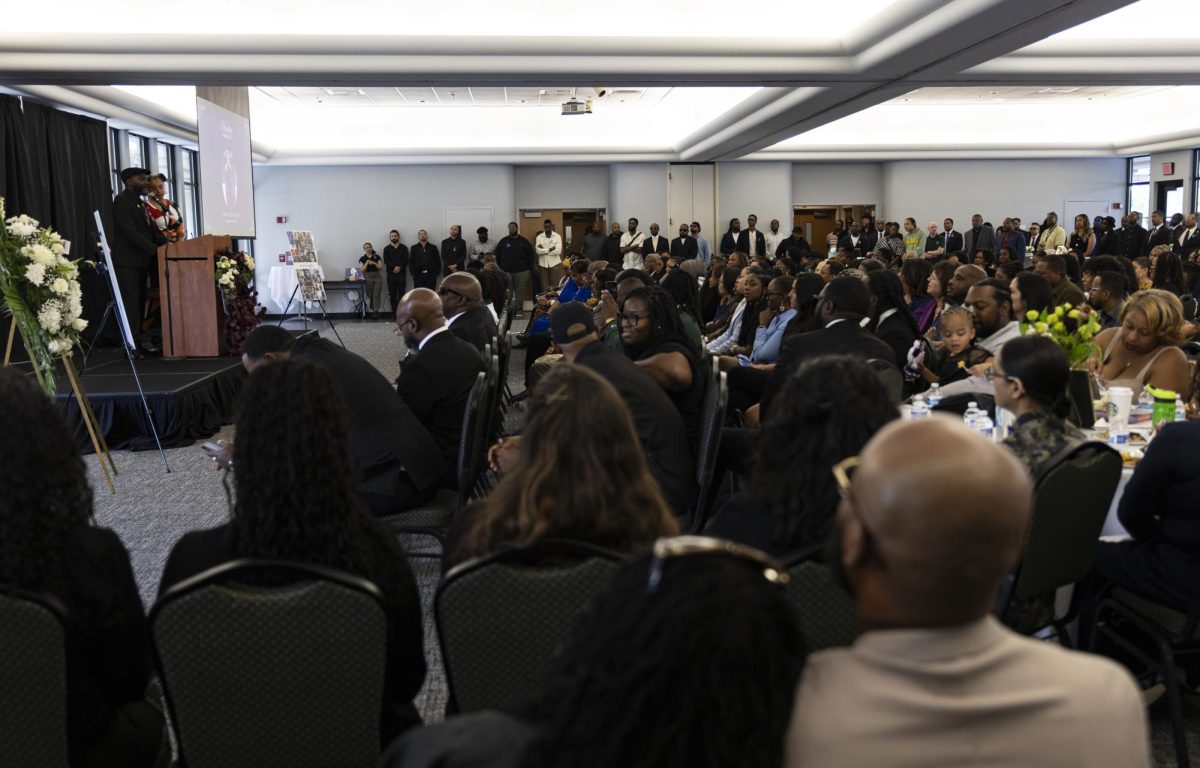Freshmen waitlists to lower student enrollment at CSU
March 3, 2010
California public universities will begin a new practice this fall that will employ freshman wait lists throughout many University of California and California State University campuses in hopes of reducing enrollment numbers in the already impacted school systems.
Many CSU campuses will implement a process of waitlists. The number of campuses that will participate has yet to be determined.
“These wait lists exist because the California State University needs to lower student enrollment due to the drastic reduction in state budget support,” said Erik Fallis, spokesman for the CSU chancellor, in an e-mail.
He said other methods, such as earlier application deadlines, have been used to treat campus impaction and waiting lists. Individual CSUs will also be required to manage wait lists, Fallis said.
“New enrollment must be carefully managed to enable campuses to reach their enrollment targets with greater precision while still offering a space to as many deserving students as possible,” said UC Director of Admissions Susan Wilbur in the press release.
The press release also stated that eligible applicants who don’t receive admissions offers from UC campus to which they applied for would be offered admissions into non-impacted campuses, regardless of wait list status in other campuses.
According to Sacramento State’s Student Affairs records, Sac State received about 28,000 admissions applications for fall 2010, including 17,500 freshman applicants and 10,500 transfer student applicants.
Ed Mills, associate vice president of enrollment management, said about 80 percent of those 28,000 applicants – or 14,000 freshman applicants and 8,400 transfer applicants – were admitted into the university.
“Even though that’s a very large number of applications and a very large number of admits, when it gets down to it, it’ll still be around 3,000 actually enrolled students at Sac State,” he said, adding that many applicants applied and get admitted to several other campuses.
Mills added that if acceptance offers exceed more than 3,000 in the fall, the student affairs office would restrict admission during the spring semester. Since admissions were closed for spring 2010, he said his office overcompensated by over-enrolling students this past fall.
He said the student affairs office also works with community colleges in the area to evaluate the number of transfers in order to better serve the community. He added that many applicants don’t make a final decision on what school they will be attending until the end of spring.
Saralyn Taormina, counselor at McClatchy High School in Sacramento, said she encourages her students to apply to various universities based on the volume of applicants and the waiting lists in campuses around California.
“There has always been wait lists at impacted universities,” she said. “It’s started to be more of a situation we’re seeing; however, most students don’t apply to just one college I encourage all my students to apply to eight to 10 schools.”
Taromina said many high school students usually apply to about two to three dream schools – schools that take less than 40 percent – and five to six realistic matches.
She said it is very unlikely that students will get wait listed in all colleges, even in an impacted public university system.
John Pascual, freshman pre-nursing major at Sac State, said as a senior at Mesa Verde High School in Citrus Heights, he applied to about 10 schools, including San Jose State, Hawaii State University and Sac State.
“I was wait listed for most schools, except Sac State,” he said. “My primary school was to go to Hawaii State, but I was wait listed and Sac State accepted me.”
Pascual said it was very frustrating to apply to various universities and be wait listed, but he was grateful he was admitted into a university that was close to home.
Even though Pascual was wait listed in all schools except Sac State, the campus was already ahead of the curve.
Mills said Sac State began implementing enrollment control this past fall. He said priority filing for undergraduate students began Oct. 1 and ended Nov. 30.
He added: “This is the first year we’ve had our deadlines back this early.” Mills said upper-division transfer students were given an extended deadline, but their applications would only be considered based on space availability.
He said those students wouldn’t get a status update until the end of May or the beginning of June.
Most transfer students typically don’t apply to as many universities as first-time freshman and that is why their applications are accepted after the deadline, he said.
Nallelie Vega can be reached at [email protected].


